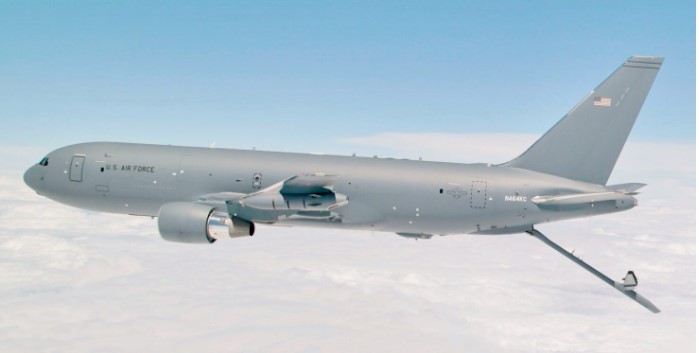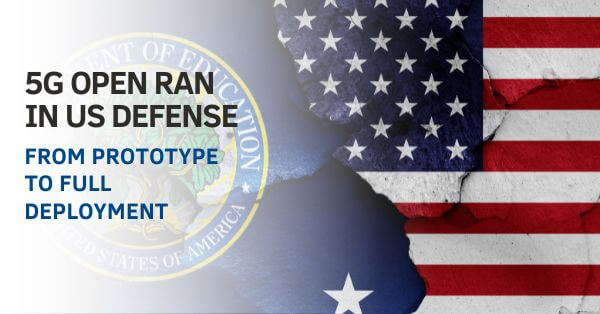Market Overview and Strategic Rationale for Korean Telecoms Launch of 300B-Won AI & Semiconductor Fund
South Korea’s government and its three national carriers are aligning fresh capital to speed AI and semiconductor competitiveness and to anchor a private-led innovation flywheel.
Fund Launch: Who, How Much, and Vehicle
SK Telecom, KT, and LG Uplus will seed a new pool exceeding 300 billion won (about $219 million) via the Korea IT Fund (KIF) to back core and foundational AI, AI transformation (AX), and commercialization in ICT. The plan was unveiled at a government telecom cooperation event in Seoul on August 12, with senior leaders from the Ministry of Science and ICT and the operators in attendance. KIF, formed in 2002 by the carriers, will receive 150 billion won in new commitments, matched by at least an equal amount from external fund managers. The platform’s lifespan has been extended to 2040 to sustain long-cycle bets.
Timing: Policy Tailwinds and Growth Drivers
AI is moving from pilot to production in networks, data centers, and enterprise workflows. Seoul wants to position Korea among the top AI nations by catalyzing private capital with policy support. Operators also need new growth vectors beyond connectivity, notably in AI-enabled networks, edge services, and enterprise applications. The fund creates a coordinated mechanism to seed domestic startups and de-risk co-development with global technology partners.
Fund Structure and Capital Strategy
The capital stack blends carrier commitments with private GP participation and adds focus vehicles for semiconductors and commercialization.
KIF: Mother-Fund Model and Governance
KIF operates as a private mother fund that forms subsidiary funds with external managers. Historically, it has backed 1,600+ ICT startups and mobilized multi-trillion-won follow-on capital, creating a template for crowding in private investment. The Korea Telecommunications Operators Association has guided performance monitoring and will help steer AI-centric priorities.
Capital Allocation: AI, Semiconductors, Commercialization
More than 240 billion won targets companies building foundation models, multimodal systems, AI tooling, and platforms for AX use cases across telecom, manufacturing, and services. A dedicated 40 billion won pocket focuses on AI semiconductors, including accelerators, interconnects, and software stacks. A 20 billion won pool supports late-stage ICT commercialization to turn R&D outputs into marketable offerings. Expect emphasis on model efficiency, inference at the edge, orchestration, and safety/compliance tooling.
Timeline and Governance Through 2040
The carriers plan to commit capital in 2025, with GPs matching to reach the >300 billion won target and then constructing portfolios over multiple vintage years. The extended KIF horizon to 2040 aligns with long hardware and infrastructure cycles. Government measures under discussion include tax incentives for AI data centers and regulatory streamlining, which could further boost returns.
Strategic Impact on Telecom and the AI Supply Chain
The fund signals where Korean telecom and policy leaders see near-term leverage and long-term capability building.
Implications for Mobile Operators
AI-native networks are moving from concept to deployment. Capital can accelerate RAN and core automation, service assurance, and customer experience AI. This dovetails with 3GPP 5G-Advanced features, O-RAN Alliance RIC/xApp ecosystems, and edge inferencing. Projects like SK Telecom’s Ulsan AI data center aim to underpin high-density training and inference while enabling new enterprise offers in computer vision, digital twins, and secure data platforms.
Implications for the AI Chip Ecosystem
The semiconductor focus may benefit domestic players across the stack. Potential targets include AI chip startups and systems software firms, alongside synergies with Samsung Electronics and SK hynix in foundry, memory (HBM), and packaging. Reducing reliance on a single GPU provider, improving cost per inference, and optimizing for on-prem and edge form factors will be core themes. Expect investments around compilers, runtime optimization (e.g., ONNX, CUDA alternatives), and domain-specific accelerators.
Implications for Startups and ISVs
Founders gain a clearer path to co-develop with carriers and to validate telco-grade requirements. Priority areas include AIOps, AI security, network planning with generative AI, contact center modernization, and industry AI at the edge. Startups aligned with open standards (3GPP, O-RAN, Kubernetes, ONNX) and data governance frameworks will see faster procurement cycles.
Execution Risks and Market Constraints
Capital is necessary but not sufficient; delivery will hinge on disciplined selection and ecosystem orchestration.
Deal Sourcing, Differentiation, and Overlap
AI funds are proliferating, raising the bar for differentiated sourcing and value creation. Avoiding redundancy with existing public programs and corporate venture vehicles will be important. Clear thesis areas and milestone-based follow-ons can mitigate dispersion.
Infrastructure Bottlenecks: Power, Cooling, Supply
Power availability, grid interconnect timelines, and cooling constraints can slow data center projects. Access to advanced nodes, HBM supply, and high-speed networking also remains tight. Operators should balance centralized training estates with distributed edge inference to manage cost and latency.
Global Dependencies and Standards Alignment
Supply-chain volatility and export controls can impact silicon roadmaps. Aligning with open ecosystems such as O-RAN and cloud-native telco blueprints reduces lock-in and speeds integration with hyperscalers and global ISVs.
What to Watch in the Next 12-18 Months
Early signals will come from GP selection, first portfolio moves, and anchor infrastructure decisions.
GP Selection and First Closes
Which fund managers secure mandates, their sector theses, and co-investment networks will set the tone. Watch for GPs with deep AI tooling, semiconductor, and telco integration expertise, plus ties to global ecosystems.
AI Data Centers and Power Procurement
Track the timeline and capacity of new AI data centers, including Ulsan, along with power purchase agreements, grid upgrades, and sustainability plans. Local availability of GPUs, alternative accelerators, and networking will influence time-to-value.
Co-Investments and Strategic Partnerships
Expect joint deals with domestic chipmakers and international partners in training stacks, RAG platforms, and carrier-grade AI operations. Look for pilots around RIC/xApps, automated assurance, and enterprise edge AI in manufacturing and logistics.
Recommendations for Telecom and Enterprise Buyers
Teams should align investment theses with tangible network and business outcomes while de-risking integration and supply exposure.
Operator and Vendor Action Plan
Prioritize AI that impacts EBITDA: automated planning, self-healing networks, dynamic energy optimization, and AI-driven care. Build a dual-stack strategy that balances NVIDIA-centric deployments with emerging accelerators. Require adherence to 3GPP/O-RAN, Kubernetes-native operations, and standardized model observability.
Enterprise and Public Sector Action Plan
Engage early with portfolio companies on edge inference, privacy-preserving analytics, and domain copilots. Insist on data residency, security, and auditability from day one. Use carrier edge zones to reduce latency for machine vision and IoT analytics.
KPIs, Guardrails, and Responsible AI
Track cost per inference, model utilization, mean time to detect/resolve, energy per workload, and compliance metrics. Apply responsible AI policies and red-teaming to production systems. Tie funding to measurable improvements in network reliability, customer satisfaction, and TCO.





























